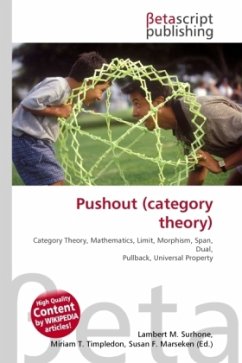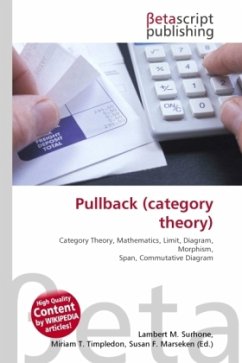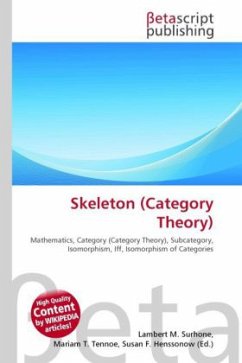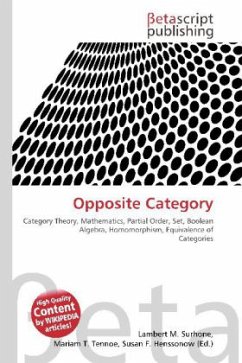Please note that the content of this book primarily consists of articles available from Wikipedia or other free sources online. In mathematics, progress often consists of recognising the same structure in different contexts - so that one method exploiting it has multiple applications. In fact this is a normal way of proceeding; in the absence of recognisable structure (which might be hidden) problems tend to fall into the combinatorics classification of matters requiring special arguments. In category theory structure is discussed implicitly - as opposed to the explicit discussion typical with the many algebraic structures. Starting with a given class of algebraic structure, such as groups, one can build the category in which the objects are groups and the morphisms are group homomorphisms: that is, of structures on one type, and mappings respecting that structure. Starting with a category C given abstractly, the challenge is to infer what structure it is on the objects that the morphisms ''preserve''.
Bitte wählen Sie Ihr Anliegen aus.
Rechnungen
Retourenschein anfordern
Bestellstatus
Storno








